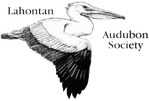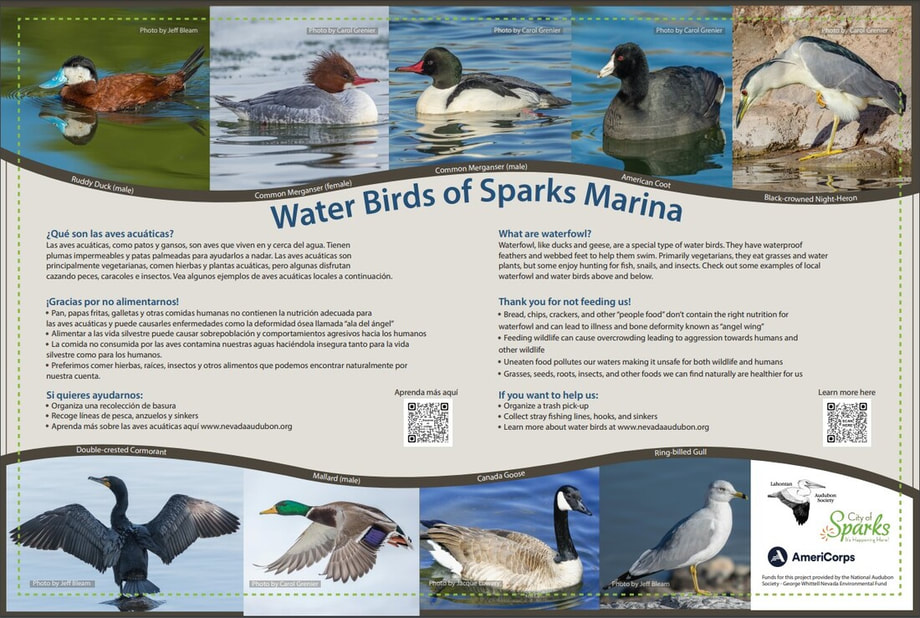|
By Kentia Kalanaki People have good intentions when they feed wildlife, but when fed bread, chips, and other human snacks, ducks and geese get a deadly condition called “angel wing”. We’re not sure exactly why waterfowl develop angel wing, but a very likely theory is that angel wing happens because of a lack of proper nutrition, and excess carbs in the birds’ diets. If a duck or goose gets fed a lot of bread at the local park in which it lives, it won’t need or want to eat any of the aquatic plants, grass, or bugs that it naturally eats. Bread, chips, and crackers don’t have the nutrition the birds need, and they have much more carbohydrates than the bird would get out of its natural diet. The point is, local ducks and geese will develop unhealthy diets if they are fed bread, and we know that this improper diet is linked to angel wing. When a bird gets angel wing, the “wrist joint” of their wing gets deformed and grows excessively. In more severe cases, the bird affected may lose its ability to fly. When it can’t fly, it can’t escape from danger, which is what makes angel wing a deadly condition. Earlier this year, I saw two goslings at Virginia Lake, only about 2 or 3 months old. The poor things already had angel wing, so they will never fly, not even once. I’ve seen countless ducks all over Reno with varying severities of angel wing. Angel wing normally develops when the bird is young and their bones are still forming. If caught early on, it could be fixed by wrapping the bird’s wing tightly against its body. That way, as the wing continues to grow as the bird gets older, the angel wing won’t progress, and might even get better. But in most cases, it’s not reversible and becomes a life-long condition. You can help prevent this by spreading the news, and not feeding them human food! Along with contributing to the risk of local birds developing angel wing, feeding the ducks and geese has many other downsides as well. One of the most important effects is water pollution. Bread is notorious for polluting ponds and small lakes, soon growing soggy and moldy and potentially damaging the pond’s ecosystem. If you just can’t get by without going to feed the ducks every so often, then there are some much healthier alternatives (for both the birds and the lake) to bread, chips, and crackers. Here are a few: Cracked corn (You can get Cracked Corn in bulk at farm stores like Tractor Supply Co. in Sparks. But be careful how you keep it because if it’s kept in an excessively moist environment, or if it gets wet, it will quickly spoil and get very toxic. However, I think it's worth the trouble to keep cracked corn because I’ve found the local geese absolutely love it), Raw oats, Birdseed, and Barley. However, please do keep in mind that the best thing to do is to stay away from feeding the waterfowl in general, because when lots of people feed them, it has negative impacts on the environment and on the bird. Lahontan Audubon Society has worked to help raise awareness about not feeding local waterfowl. It was originally volunteer, Judith Lockwood's idea to spread the word to not feed the ducks, and that eventually evolved into a full-on project. LAS was able to get the City of Reno and the City of Spark to each approve two informational signs, two for Virginia Lake, and two for Sparks Marina Park. The signs will be up by mid-October. Though angel wing doesn’t impact an entire species (especially because the affected birds are mostly Mallards and Canada geese, which are very common and widespread), it does affect countless individuals. That’s why it’s so important to raise awareness about the consequences of feeding the ducks; what seems like a harmless pastime could actually be changing a duck, goose, or a whole pond’s life for the worse. |
topics
All
Archives
July 2024
|



 RSS Feed
RSS Feed